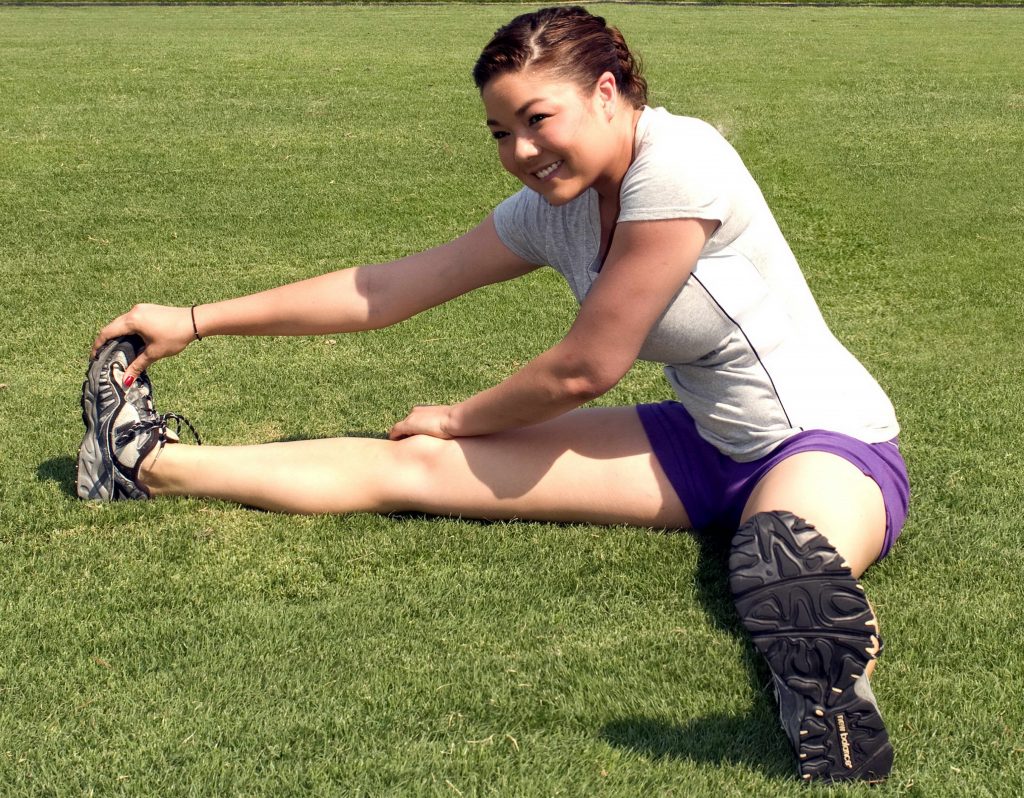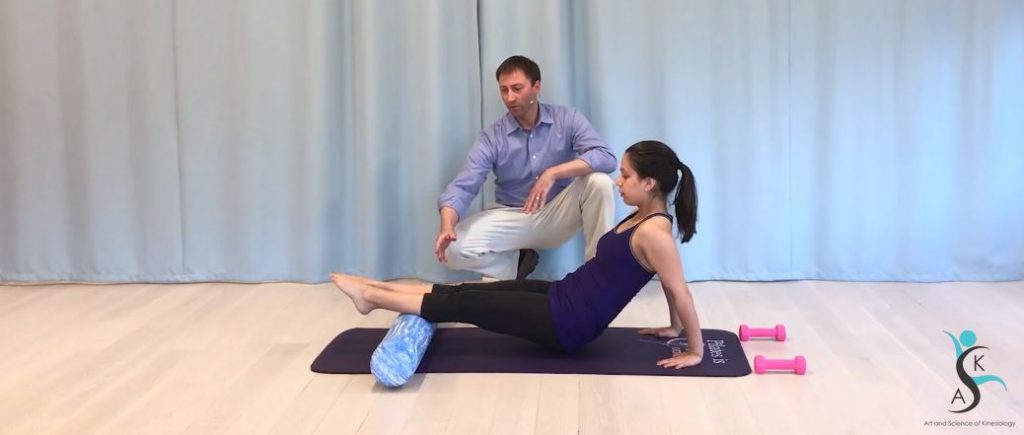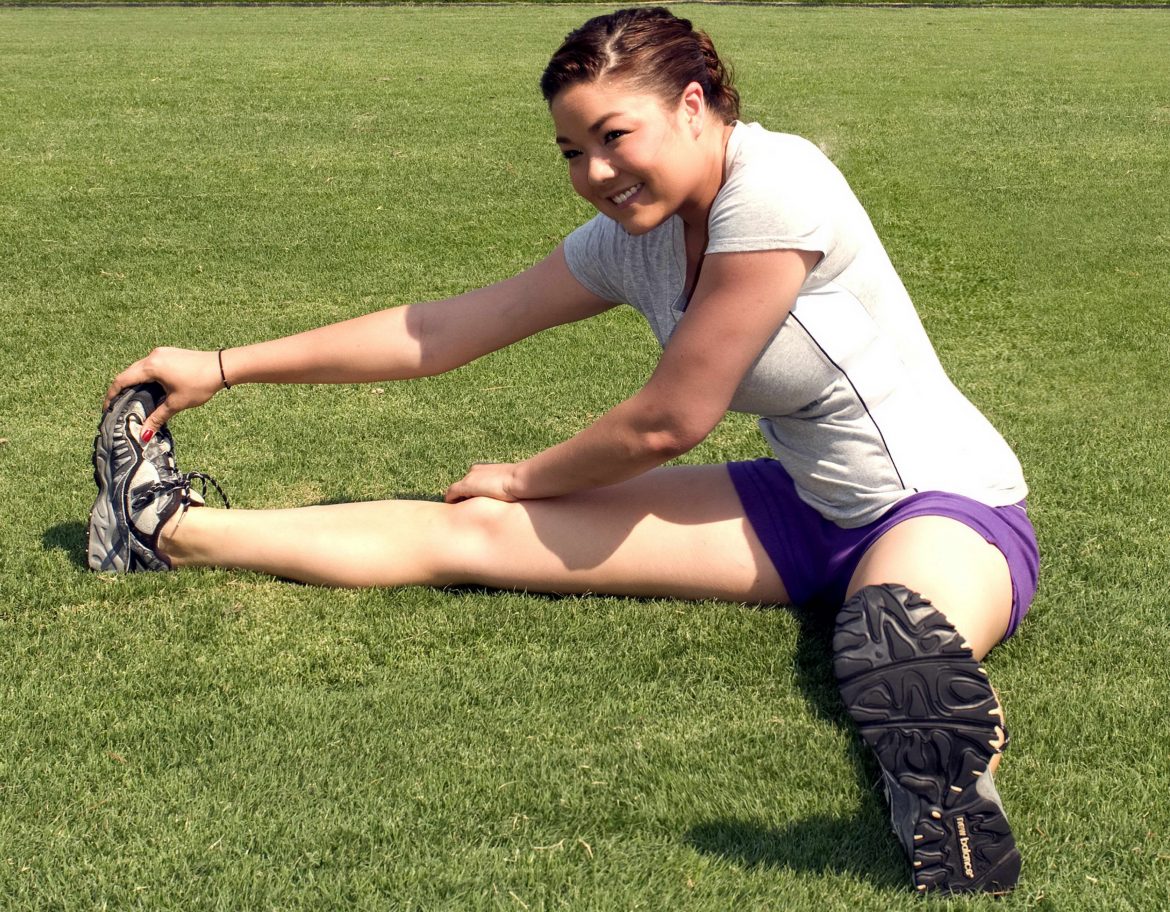Stretching Protocols
 Stretching has been proven to increase flexibility (range of motion/ROM). Most studies attribute this to stretch tolerance. A research study from University of Colorado tested to see if altering sensory input during stretching would influence stretching outcomes. The modulation of sensory input that was tested included transcutaneous electrical nerve stimulation (TENS) and self-massage with therapy balls. It was hypothesised that changing sensory input to decrease the discomfort during stretching might influence stretch tolerance, allowing for a greater flexibility achieved from the stretching protocol.
Stretching has been proven to increase flexibility (range of motion/ROM). Most studies attribute this to stretch tolerance. A research study from University of Colorado tested to see if altering sensory input during stretching would influence stretching outcomes. The modulation of sensory input that was tested included transcutaneous electrical nerve stimulation (TENS) and self-massage with therapy balls. It was hypothesised that changing sensory input to decrease the discomfort during stretching might influence stretch tolerance, allowing for a greater flexibility achieved from the stretching protocol.
Study
Twenty healthy adults (25 ± 3 years) performed three sessions of stretching the ankle joint into plantarflexion (three stretches of 30 seconds each). Three protocols were performed: stretching alone, stretching with concurrent TENS, and stretching after self-massage using therapy balls. For the TENS group, the TENS was applied for 60 seconds prior to and during each stretch; and for the self-massage group, the self-massage was performed for 60 seconds prior to each of the three stretches.
Ankle dorsiflexion ROM was assessed before, immediately after, and at 5, 10, and 15 minutes after the last stretch. Muscle strength was also tested for each group, measured by maximal voluntary contraction (MVC) torque and force steadiness (the ability to hold a sustained isometric contraction) at 20% MVC; these findings were recorded before and at 15 minutes after the final stretch.

Self-massage with a foam roller. Permission Joseph E. Muscolino.
Results
The outcome showed an increase in ROM that was greater after self-massage (24%) compared to just stretching alone (13%) and stretching with TENS (9%). Maximal discomfort level experienced during each of the protocols (based on a visual analog pain/discomfort score between 0-10) during stretching was similar for all conditions.
Maximal voluntary contraction (MVC) torque increased after self-massage only, while force steadiness did not change for any of the groups.
Conclusion
It is clear that performing self-massage before stretching resulted in greater flexibility achieved than stretching alone or stretching with TENS. It is also clear that self-massage before stretching resulted in greater muscle strength, as measured by maximal voluntary contraction (MVC torque) force. The authors concluded that the sensory fibres that contribute to stretch tolerance were engaged by self-massage, resulting in greater increases in flexibility and MVC torque after self-massage. However, this study did not measure tissue mechanical change and/or fluid flow (arterial/venous/lymphatic) and thus these parameters remain as possible reasons for the increased function.
Application

Lying on Yoga Tune-Up Therapy Balls for self-massage. Permission Joseph E. Muscolino.
It is generally accepted that stretching is more effective when the tissues are prepared for the stretch. Regardless of the underlying mechanism, whether it is altered sensory input or mechanical tissue and/or fluid changes, this study buttresses the validity of performing massage before stretching our patients/clients and also recommending that our patients/clients perform self-massage before engaging in their self-care stretching routines at home. Self-massage at home can be done with massage balls or foam rollers.
This blog post article was created in collaboration with www.TerraRosa.com.au.
(Click here for the blog post article: Massage Promotes Muscle Regrowth Even on Opposite Leg.)


